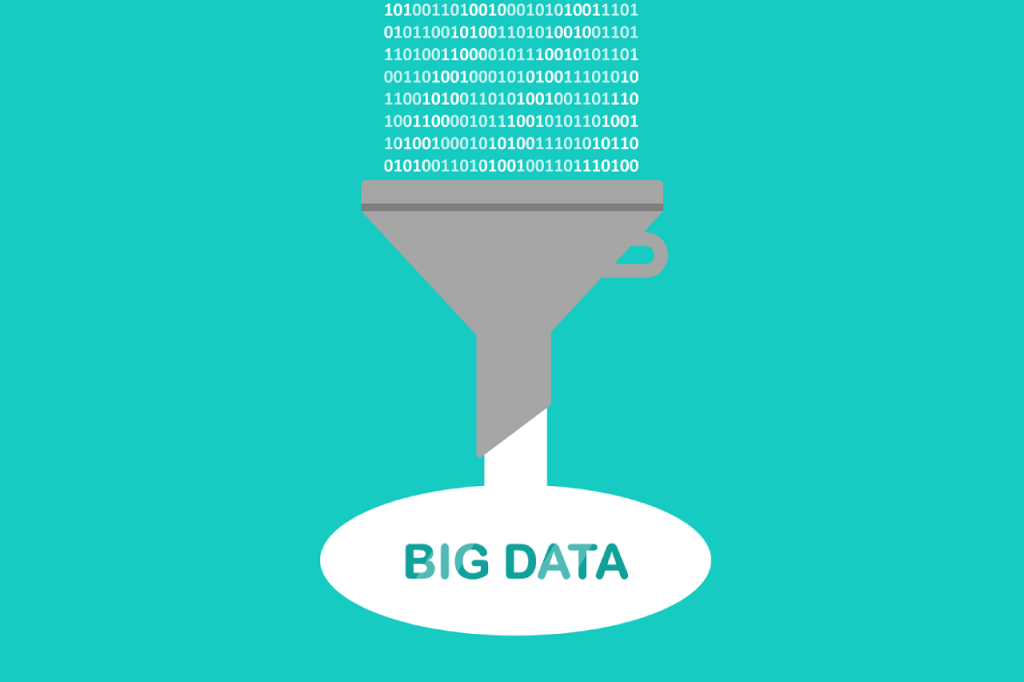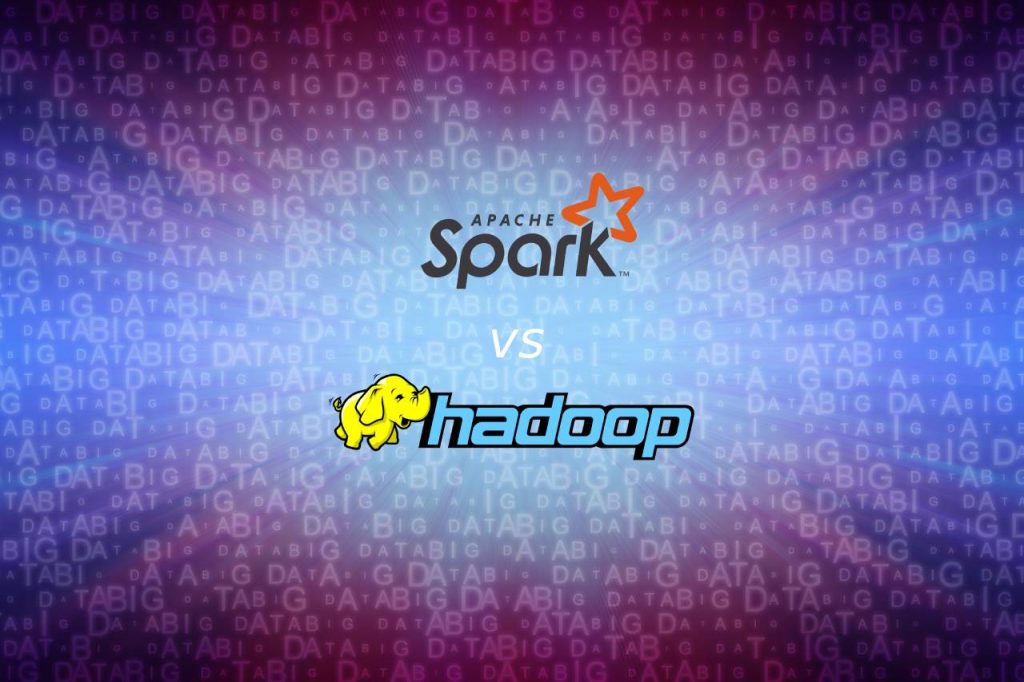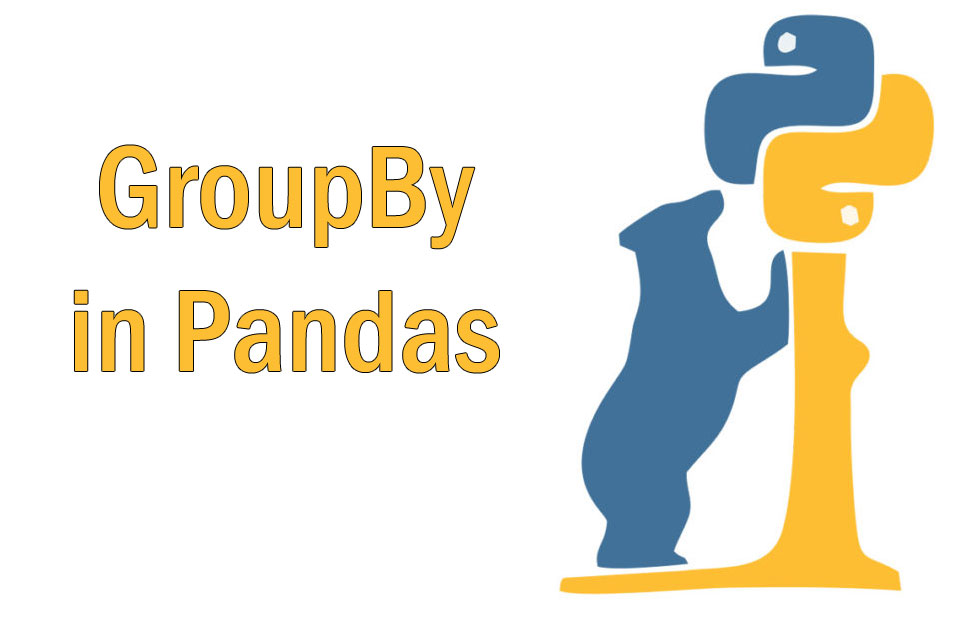Demystifying What is a Cluster: Essence and Formation
In the ever-expanding realm of data science, the concept of clusters holds a pivotal role, in shaping how we analyze and interpret intricate patterns within vast datasets. Clusters, often referred to as the building blocks of data segmentation, have applications ranging from big data analytics to complex business strategies.
In this article, we’ll embark on a journey to understand what is a cluster and delve into the fascinating process of their formation.
What is a Cluster?
A cluster, in the context of computing, refers to a group of interconnected computers or servers that work together to collectively provide enhanced processing power, storage capacity, and redundancy. Clusters are designed to work as a single unit, often mimicking the functionality of a single powerful machine while distributing the workload among multiple individual computers.
This setup offers several benefits, including improved performance, scalability, fault tolerance, and high availability.

You’re reading the article, What is a cluster – A Conclusive Guide in Lehmann Terms.
Clusters are widely used in various computing applications, such as high-performance computing, data analysis, scientific simulations, web hosting, and more. By harnessing the combined capabilities of multiple computers, clusters can handle complex tasks more efficiently and effectively than a single computer could.
There are different types of clusters, including:
- High-Performance Clusters (HPC): These clusters are designed to deliver maximum computational power and are used for tasks that require extensive processing, like scientific simulations, weather forecasting, and molecular modeling.
- High-Availability Clusters: These clusters are configured to ensure continuous availability of services by using redundancy. If one node fails, another node takes over to prevent service interruptions.
- Load-Balancing Clusters: Load balancers distribute incoming network traffic across multiple nodes, optimizing resource utilization and preventing overload on any single node.
- Data Clusters: These clusters are used to manage and analyze large datasets efficiently. Big data clusters often use frameworks like Apache Hadoop or Apache Spark.
- Failover Clusters: Similar to high-availability clusters, these clusters automatically switch to a backup node in case of hardware or software failures.
- Storage Clusters: These clusters focus on providing scalable and fault-tolerant storage solutions. They distribute data across multiple storage devices to ensure data availability.
Clusters are a foundational concept in modern computing infrastructure, enabling organizations to achieve higher performance, scalability, and reliability compared to relying on individual machines. Whether for scientific research, running large-scale applications, or handling big data processing, clusters play a crucial role in meeting the demands of today’s computing-intensive tasks.

You’re reading the article, What is a cluster – A Conclusive Guide in Lehmann Terms.
What is Clustering?
Clustering, in the context of data science, is the process of grouping similar data points together based on certain features or characteristics. Imagine a digital librarian categorizing books on a shelf – clusters in data science perform a similar task but with data points. This grouping enables us to discern patterns, trends, and associations that might be hidden in the data otherwise.
When Do We Need Clustering in Bigdata?
In the realm of big data, clustering becomes a formidable ally. When dealing with colossal datasets that could potentially span terabytes or even petabytes, the need for efficient data organization and comprehension becomes paramount. Clustering comes to the rescue by categorizing data into manageable segments, making it easier for data scientists and analysts to extract meaningful insights without drowning in the data deluge.
You’re reading the article, What is a cluster – A Conclusive Guide in Lehmann Terms.
How Clusters are Used in Pyspark Databricks?
Pyspark, a Python library for Apache Spark, provides a robust platform for distributed data processing. Databricks, built on Apache Spark, offers a collaborative environment for data science teams. Clusters in Pyspark Databricks are collections of computing resources that work in tandem to process and analyze data.
By harnessing the power of clusters, Pyspark Databricks can efficiently manage and analyze massive datasets, making it a potent tool for big data analytics.
You’re reading the article, What is a cluster – A Conclusive Guide in Lehmann Terms.
Unlocking Big Data Mastery with Masters in Data Science With Power BI Course
Are you eager to embark on a journey into big data, Pyspark, and Databricks? Look no further than ConsoleFlare’s Masters in Data Science With Power BI Course. This comprehensive program not only equips you with the skills to master Power BI for data visualization but also delves into the intricacies of Pyspark and Databricks for big data analytics.
Imagine unraveling the potential of Pyspark and Databricks in the context of clusters. With ConsoleFlare’s guidance, you’ll learn how to manage and manipulate massive datasets, extract valuable insights, and ultimately contribute to making informed business decisions.
As organizations increasingly seek data-driven strategies, your expertise in big data analytics could lead to high-paying career opportunities.

You’re reading the article, What is a cluster – A Conclusive Guide in Lehmann Terms.
In Conclusion: Empowering Insights through Clusters
In the field of data science, clusters are the threads that weave together disparate data points into meaningful patterns. From deciphering customer behavior for business optimization to analyzing user preferences for targeted marketing, clusters are the cornerstone of informed decision-making.
As you venture into the world of big data and Pyspark Databricks, remember that knowing what is a cluster and mastering the art of clustering is akin to holding a key that unlocks a treasure trove of insights hidden within the data universe.
In your pursuit of knowledge and career growth, ConsoleFlare’s Masters in Data Science With Power BI Course stands as a pilot, guiding you through the complexities of big data analytics. The power of clusters and your newfound skills could propel you toward a future brimming with opportunities and lucrative career possibilities.
Hope you liked reading the article, What is a cluster – A Conclusive Guide in Lehmann Terms. Please share your thoughts in the comments section below.
Follow our social media pages: Facebook, Instagram, LinkedIn







